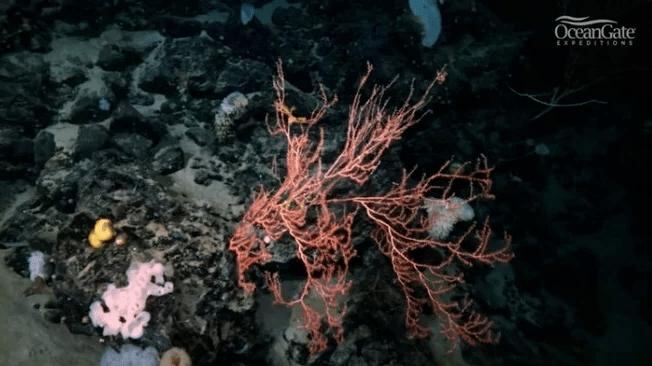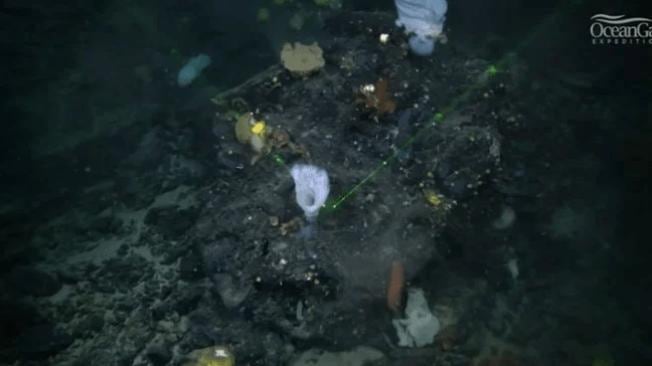More than 100 years have passed since the catastrophic sinking of the titanica. However, far from diminishing, the mysteries and unknowns that surround this popular shipwreck have only appeared.
LOOK: 4 curiosities about the Titanic 110 years after its sinking
Such is the curiosity that arouses that, for many years, the British ocean liner that met its end in the icy waters of the North Atlantic has become an enigmatic and indecipherable object of study by researchers and private organizations, who have tirelessly fought to unveil the mysteries that, apparently, are hidden inside it and even around it.
Paul Henry Nargeolet is perhaps one of the researchers who has led the most marine expeditions. For more than two decades, he has tried to answer a question that he himself unearthed from the depths of the waters: it is nothing more and nothing less than a strange ‘beep, beep, beep’ that was heard in the place where the RMS Titanic sank on the night of April 14-15, 1912. The sound was discovered during one of its voyages, in 1998.
A mystery that is solved two decades later
From another shipwreck to a biological characteristic or a completely new factor, the causes that had been attributed to the peculiar sound are so innumerable and varied that, until recently, the unknown was insoluble before the efforts of researchers.
It was precisely Paul Henry Nargolet -belonging to the OceanGate Expedition organization- who, more than two decades after the unusual discovery, was in charge of finding an answer that, beyond solving a mystery, opened up space for new questions.
Although the theories that were considered to explain the sound were incalculable, without a doubt, no one imagined that it was a deep-water reef with a wide variety of marine life that was about 2,900 meters below the surface, according to reports. the portal ‘Science Alert’.

“This discovery will improve our way of thinking about the biodiversity of the abyss. The apparently basalt volcanic formations are remarkable, and we are amazed at the diversity and density of sponges, bamboo corals, other cold-water corals, plump lobsters, and thriving fish,” the scientist told the official OceanGate site. extraordinary find.
This research, which was funded by the OceanGate Expedition, had the participation of eight scientists, including marine biologists, maritime archaeologists and specialists in GIS cartography – a geographic information system – and, of course, aroused the fascination of the experts.

“Looking through the peephole of Titan and observing this beautiful underwater basalt volcanic formation that is so full of life is the reason why we do the work that we do,” said the professor of Marine Biology and Applied Ecology at the Faculty of Geosciences at the University of Edinburgh, Dr. Murray. Roberts.
What comes after the discovery?
Although surprising, the historic discovery will not stop there: after an exhaustive analysis of the images recovered during the expedition, the team will explore various avenues of investigation to later share their findings with other scientists. The objective? Expand knowledge of deep sea life.
Water samples that will be subjected to DNA tests, studies on the concentration of organisms and the composition of the general ecosystem, will be some of the lines of research that scientists will address between May and June 2023.
By: “El Tiempo”, from Colombia / GDA
Source: Elcomercio
I, Ronald Payne, am a journalist and author who dedicated his life to telling the stories that need to be said. I have over 7 years of experience as a reporter and editor, covering everything from politics to business to crime.

:quality(75)/cloudfront-us-east-1.images.arcpublishing.com/elcomercio/UXPWBDDSYNDUBPTSFOXUTBTJG4.png)





